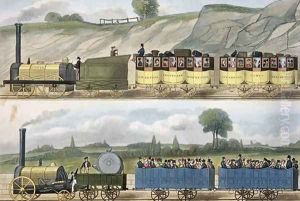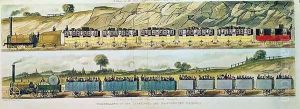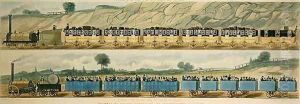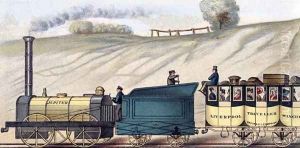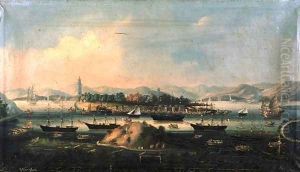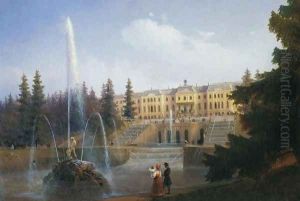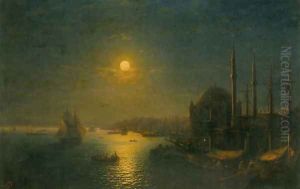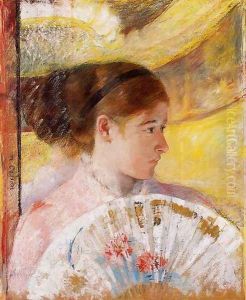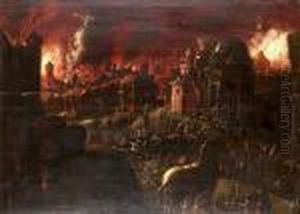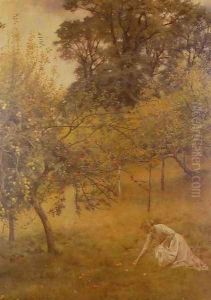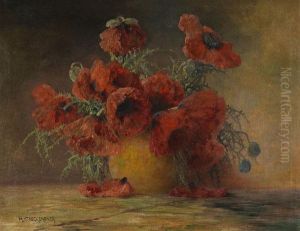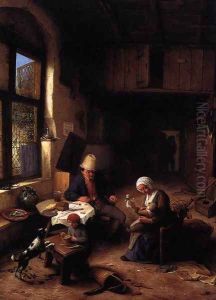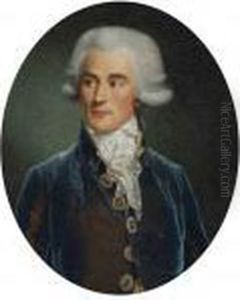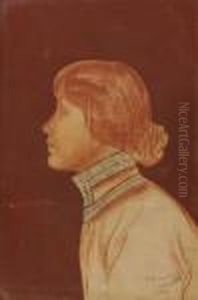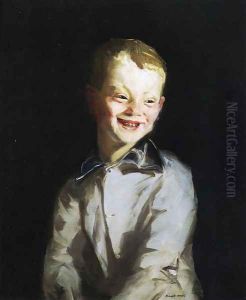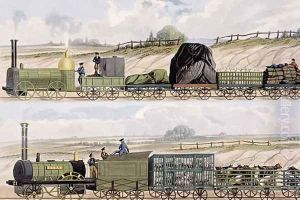





A Train of Wagons top and a Train of Cattle, Sheep and Pigs bottom from Coloured View of the Liverpool - Manchester Railway, engraved by S.G. Hughes, published by Ackermann Co., London, 1832-33
-
About Reproduction
Discover the allure of art with our faithful reproduction of "A Train of Wagons top and a Train of Cattle, Sheep and Pigs bottom from Coloured View of the Liverpool - Manchester Railway, engraved by S.G. Hughes, published by Ackermann Co., London, 1832-33", originally brought to life by the talented Isaac Shaw. Unlike posters or prints, our hand-painted oil painting breathes an unique sense of depth and texture into your space. Every detail, every stroke, and every texture is meticulously recreated, paying the perfect homage to Isaac Shaw and his artistic vision.
Owning this piece is more than just decoration - it's a statement of your refined taste in art. Let the vibrant colors and intricate details of this replica serve as a daily reminder of the beauty in our world. Elevate your decor and appreciate the richness of art with our replica of this masterpiece.
-
Painting Description
"A Train of Wagons top and a Train of Cattle, Sheep and Pigs bottom from Coloured View of the Liverpool - Manchester Railway" is an evocative and historically significant engraving by S.G. Hughes, published by Ackermann Co., London, in 1832-33. The artwork was created by Isaac Shaw, an artist known for his detailed and vibrant depictions of early 19th-century industrial scenes. This particular piece is part of a larger collection that captures the essence of the Liverpool and Manchester Railway, one of the world's first inter-city railway lines and a pioneering achievement in the history of transportation.
The engraving is divided into two distinct sections. The top half, "A Train of Wagons," illustrates a series of freight wagons being pulled along the railway. This segment highlights the industrial utility of the railway, showcasing its role in transporting goods and materials essential for the burgeoning industries of the time. The detailed rendering of the wagons, along with the surrounding landscape, provides a vivid snapshot of early railway logistics and the infrastructure that supported it.
The bottom half, "A Train of Cattle, Sheep and Pigs," shifts focus to the transportation of livestock. This part of the engraving underscores the railway's impact on agricultural practices and the economy. By facilitating the efficient movement of animals to markets and slaughterhouses, the railway played a crucial role in the supply chain, enhancing the availability of meat and other animal products to urban populations. The depiction of various animals in transit, along with the attentive care of handlers, adds a layer of human and animal interaction to the industrial narrative.
Together, these two sections of the engraving provide a comprehensive view of the multifaceted functions of the Liverpool and Manchester Railway. The artwork not only serves as a historical document but also as a testament to the transformative power of railway technology in the 19th century. The meticulous detail and vibrant colors employed by Isaac Shaw and S.G. Hughes bring to life the dynamic and evolving landscape of early industrial Britain, making this piece a valuable artifact for historians and art enthusiasts alike.
-
Lead Time & Shipping
When you order this oil painting replica, it typically takes 2-3 weeks to paint. If the artwork is more complex, it might need a little more time to ensure the best quality. Once it's ready, we'll send you a photo for your approval. After you give the green light, we'll ship it to you for free.
-
Return & Refund
We believe in the quality of our hand-painted oil painting reproductions, and your satisfaction is our priority. If for any reason, you are not completely satisfied with your purchase, we offer a 45-day return policy. You can return your artwork within 45 days of receipt and receive a full refund. Please note that the artwork must be returned in the original packaging and in the same condition as it was received.






